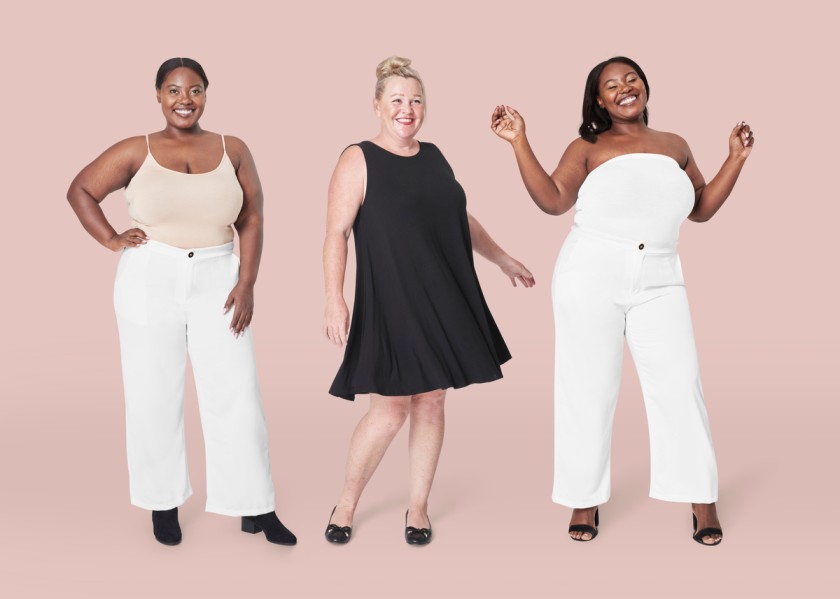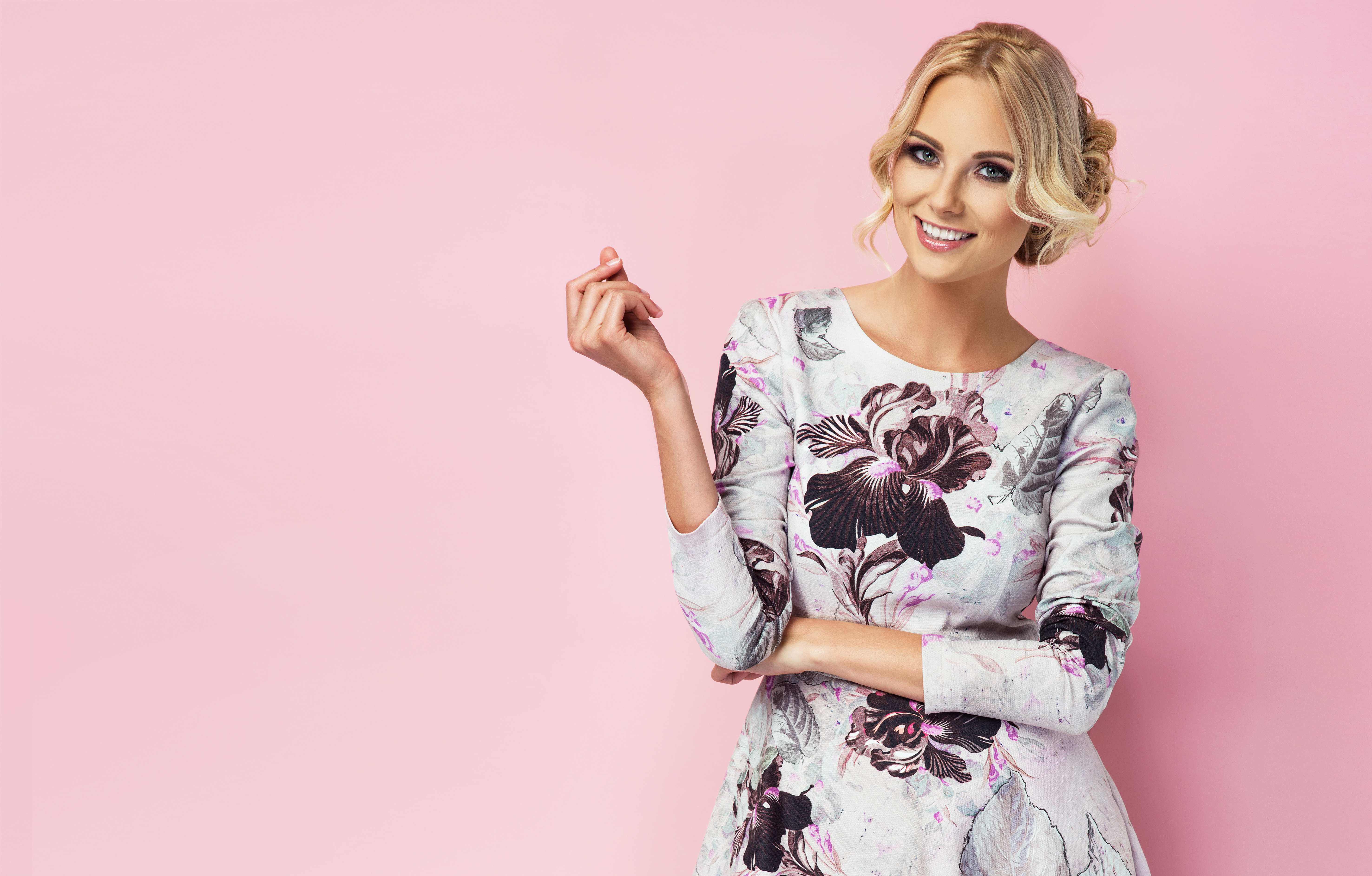Do Conventional Ways of Sizing Clothes Matter in the New Age of Fashion?



Sizing in the clothing industry has always been very broken in terms of how inclusive it has been, especially for plus-size fashion. If one travels through the lanes of history, they will find that the first instance of standardized clothing sizes came around the Civil War. For women, generic sizing has been the norm for about a hundred years now.
History of standardized sizing
The Civil War of the 1860s saw an attempt to make the sizes of the men fighting in the war uniform. In due course, the federal workers had to take several measurements of men’s chest, waist, and hip sizes to give them uniforms that fit well. What they found after thousands of measurements is that most men had a common ratio between the chest, waist, and leg sizes. This let them easily create standardized uniforms, which eventually rolled out into men’s everyday wear.
Quite conveniently, the Civil War fell right after the Industrial Revolution, which enabled the US to mass-produce apparel according to standardized clothing sizes.
The distinction between made-to-measure clothing and ready-to-wear clothing
Custom-made clothing
Up to the 1860s for men and 1920s for women, made-to-measure was the standard for clothing. People could either make clothes at home, which were custom-tailored to their dimensions or commission factory workers to make their clothing. But eventually, all apparel was specialized for the one person who would ultimately be wearing it.
Ready-to-wear clothing

Ready-to-wear clothing, on the other hand, is a relatively new invention. Ideally, a customer would visit a store and buy a standard clothing size that would fit them almost perfectly, without any alterations. Up until 1910, the ideal body shape for women was the corseted silhouette, with a super-skinny waist – pretty much the ideal hourglass figure.
Lack of sizing standards
In the 1930s, the US recognized that the lack of sizing standards was costing companies almost $10 million per year, most likely due to return costs. Women’s clothing measurements are slightly more complex than men’s. While a trend can still be observed in the ratio of men’s leg, waist, and chest sizes, these sizes may vary a lot more widely for women. Therefore, sizing in the 1920–30s was an awkward mix between ready-to-wear and made-to-measure clothing, which ultimately satisfied nobody. Companies, therefore, wanted to minimize their cost by any means. This led to a study in 1939 where 59 measurements (each) of almost 15,000 women were taken to hopefully develop a national standardized sizing.
The problem began when irrespective of the problematic history of standardized sizing, the fashion industry in the modern days made no change whatsoever to have a more progressive leap towards plus-size fashion. Men and women who were on the bulkier side had to get their clothes custom-made or pay a heavy fine to even find clothing that fit. The modern retail chains have continued to be problematic in terms of producing plus-size fashion. They still adhere to sizes for the conventional body type. Even if they do keep clothing for plus-sized people, the stock is very minimal because they want to avoid inventory waste. From a practical, cost-efficient point of view, the companies are looking to make a profit, which can only be achieved if they bulk produce clothing of a particular size. Ordering a few pieces of every size only costs them more, hence entrapping people of bigger sizes in a perpetual cycle of clothing unavailability.
An attempt at standardizing clothing sizes
Led by researchers Ruth O’Brien and William Shelton, a study took to standardize the waist size and hip size and also considered things like ankle height and elbow girth. However, this study was unsuccessful for multiple reasons. In 1971, the US Center for Commerce used the data from the National Center for Health Statistics to create a more natural and accurate sizing guide. But unfortunately, this is the time when companies started abusing vanity sizing to gain a competitive edge. So, in 1971, sizing guidelines were largely ignored and ultimately disbanded in 1983.
Problems with conventional sizing and the rise of plus-size fashion

Presently, the conventional method of sizing is primarily based on three parameters:
- Measuring clothing by body dimensions
- Measuring clothing by product dimensions
- Ad hoc sizing
Ad hoc sizing
Ad hoc sizing is problematic. It means assigning a letter – small, medium, large – or assigning a number like 0, 2, 4, etc. It is extremely arbitrary but also extremely popular, as it is easier. This is the very reason why most plus-sized people fail to gain clothing which fits their body type, not to mention, reduce their body identity to that of a letter or number.
Vanity sizing
Vanity sizing only complicates the matter even further. When companies mark clothes of a standard size as smaller than their actual standard value to make customers feel better about themselves, it is called vanity sizing. Companies are bound to keep pushing vanity sizing more and more unless there is a major change in the fashion industry. Vanity sizing is also aimed at people looking for plus-size fashion, where a smaller size momentarily placates and makes them feel better. However, it is problematic because people purchasing plus-size fashion are deluded into considering themselves thinner. The delusion is broken and replaced with harsh reality when they enter a different store with a different set of standardized sizes.
Lack of inclusivity
Another major problem in the sizing system is the lack of inclusivity. Larger sizes and smaller sizes equally are always unavailable and out of stock. Companies avoid having a larger range of sizes because it leads to inventory waste and costs a lot more. Plus-size fashion is almost inherently more expensive, resulting in the coinage of the term ‘fat tax’ or ‘obese tax’. Therefore, the limited number of sizes available by the end of the day are extremely expensive and almost always out of stock.
Conclusion
Brands like Victoria’s Secret, which had been non-exclusive in terms of its sizing and even models, for that matter, have changed their approach to involving women of bigger and smaller sizes alike. The petite, white, hourglass-shaped woman is no longer the stereotype. Brands are also including the diverse needs of women of color with varying shapes and of all sizes. It is fast fashion that focuses more on standardizing clothing sizes, as to sell and produce more, they need to lessen costs by custom-making more sizes. Slow and sustainable fashion seems to be a solution to the problem of conventional sizing, and it is the one new-age fashion brands are adopting. At Fashinza, the aim is to be more inclusive and source clothes that promote plus-size fashion. Fashioniza is an apparel manufacturing platform that supplies plus-size fashion to retailers and businesses alike. If one were to source the same for their own business, they could easily contact Fashioniza.



















